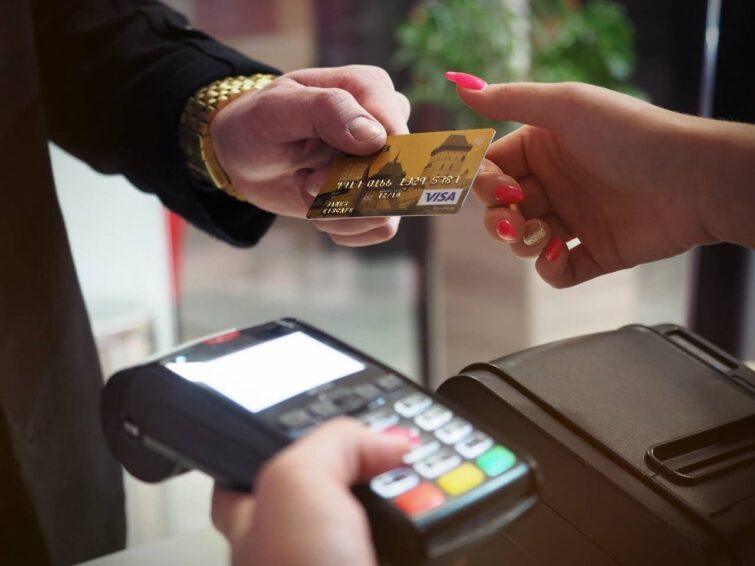A recent study conducted by the Canadian Anti-Fraud center states that in 2019 alone, Canadians lost over $98 million to banking fraud in Canada. It also highlights the fact that approximately 5% of the cases are only reported to the concerned authorities. Thus, this clearly explains that the actual impact of the fraudulent activities is larger than the numbers suggest. According to the study released by the TD Fraud Survey, a major chunk of Canadians think social isolation and life changes make Canadians vulnerable to financial fraud.
Undoubtedly, immigrating to a new country is a life-changing experience. Newcomers feel out of place during the first few years since they are out of connections or social networks, this makes them more vulnerable to banking fraud.
The TD survey also claims that fraudsters continue to target Canadians of all age groups. The newcomers who are not very familiar with Canadian banking, tax, or legal practices are more prone to the risk.
Here, we will address a few tips to recognize banking fraud in Canada:
A: Be extra cautious while reacting to requests to send money – Always remember, if you receive an email or call from or about any relative asking for money as they’re facing a financial crunch abroad, or if you receive an unexpected too-good-to-be-true cheque, chances are its fraud. Research and take your time to verify whether it’s real or not.
B: Keep a regular check on your statements, accounts, or banking apps – This practice will help you stay alert to any unauthorized transactions. Your banking apps can offer you timely notifications of spending transactions, which helps make it convenient for you to identify a suspicious transaction, quickly.
C: Use available resources – All the Canadian banks keep their customers updated with various tools to help them stay alert with their accounts. For instance, various financial institutions have fraud alerts that send notifications for any suspicious activity on personal banking accounts; the bank’s verification process will have an extra layer of security to protect your accounts, especially if you are logging in from a new device; and allow an option to temporarily block your credit card from your banking app on the phone if lost or misplaced.
D: Safeguard your financial information – It’s very essential to protect your account information and personal identification number (PIN). Only you should know your PIN, not even your bank should know. Never share your PIN or credentials with anyone in person, over the phone, online, or by mail.
Article Tags: Canada Immigration Guide












